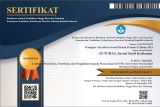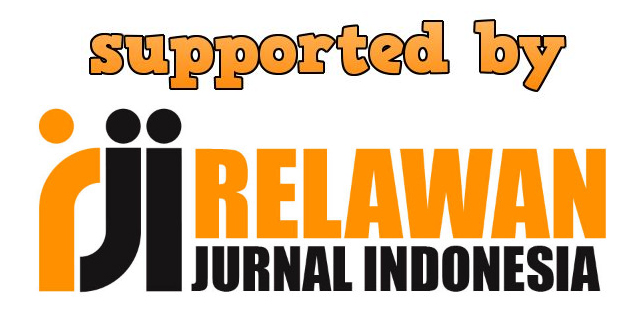Perbandingan Penerapan Konsep Kalalah dalam Pemikiran Hukum Waris Islam
Authors (s)
(1) * Syabbul Bachri
 (UIN MAulana Malik Ibrahim, Malang)
(UIN MAulana Malik Ibrahim, Malang) Indonesia
(*) Corresponding Author
AbstractThis study aims to comprehensively describe the thoughts associated with the concept of kalalah in Islamic inheritance and compare the application of the concept. This study is a type of normative juridical research with conceptual and comparative approaches. The results showed that brothers/sisters can only inherit property if the heir dies in a state of kalalah. Kalalah is defined as a person who dies without children and parents, except for Hazairin who states that he has no children or descendants. Differences related to the concept of kalalah are not only related to the definition of children and parents but also to the understanding of brothers/sisters. Jumhur ulama of Sunnite, Shia, and Islamic Law compilation (ILC) classify brothers/sisters into full, uterine, and consanguine ones. Meanwhile, Hazairin and Syahrur only mentioned relatives in general without classifying the types of brothers. Jumhur ulama in relation to uterine brothers, children are defined as son and daughter. While the parents are defined as the father and paternal grandfather. Furthermore, in relation to the share of full and consanguine brothers, the child is defined as the son, and the parent is defined as a father. ILC stipulates that children (boys/girls), and father exclude all types of brothers to inherit. For Shiah, brothers/sisters can be hindered by children in general, father and mother. According to Hazairin, only children and their descendants can hinder the brothers. Meanwhile, Syahrur determines that brothers/sisters can be hindered by children and descendants hls. and parents hhs.
|
Keywords
Kalalah, Brothers, Children, Parents
Full Text: PDF
Refbacks
- There are currently no refbacks.
Copyright (c) 2022 Syabbul Bachri
This journal is licensed under a
Creative Commons Attribution-ShareAlike 4.0 International License





.png)






